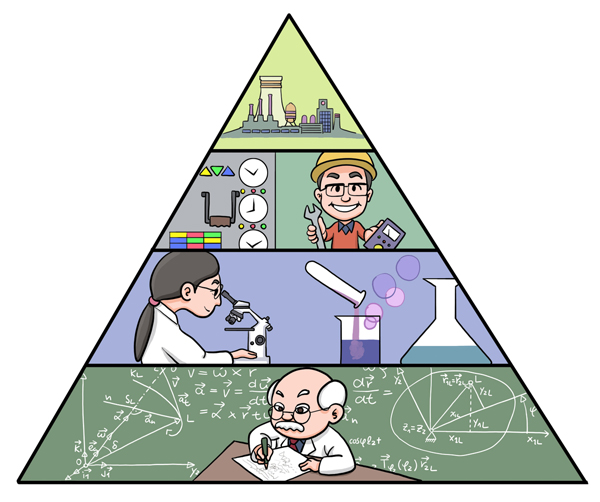Doing the math to give breakthroughs a chance

JIN DING/CHINA DAILY
Chen Xiuxiong and Wang Bing, professors at the Chinese University of Science and Technology, recently published a paper in the Journal of Differential Geometry, a peer-reviewed scientific journal of mathematics published by International Press on behalf of Lehigh University in the United States, in which they solved the Hamilton-Tian and partial C0 conjectures, two problems that have confounded mathematicians for over two decades.
Many readers wanted to know how big the breakthrough really is. In the words of Zei Cha, a PhD holder in math, "This is a breakthrough that will hugely influence math. But, what meaning it holds for ordinary life is not something for mathematicians to ponder."
Simon Donaldson, a winner of the Fields Medal, an award for mathematicians under the age of 40 presented every four years at the International Congress of the International Mathematical Union, called it "a major breakthrough in geometry".
Wang himself could not explain in simple words what the breakthrough is, merely saying it is about the evolution of space.
It took five years for the two professors to write the essay, which is over 120 pages long. It took another six years to review their work.
As professors, Chen and Wang had a stable job and the research was not binding on them. However, as professors conducting research for five years and not showing any results would have a lot of explaining to do and they could even risk losing their jobs.
Science needs people willing to spend 10 years doing research, and the academic system should allow researchers to continue their research even if there are no immediate results.
It is good for institutions to ask how the research will benefit them, but not always. Mathematicians, for example, seldom worry about the application of their research. They only focus on increasing knowledge. However, they often end up laying the foundation for applied sciences to grow. We should be patient and give them a chance.

 Print
Print Mail
Mail
 20 Cultural Symbols
20 Cultural Symbols Why Zhejiang
Why Zhejiang Experiencing high-tech products at WIC
Experiencing high-tech products at WIC Zhejiang Release
Zhejiang Release Zhejiang News
Zhejiang News